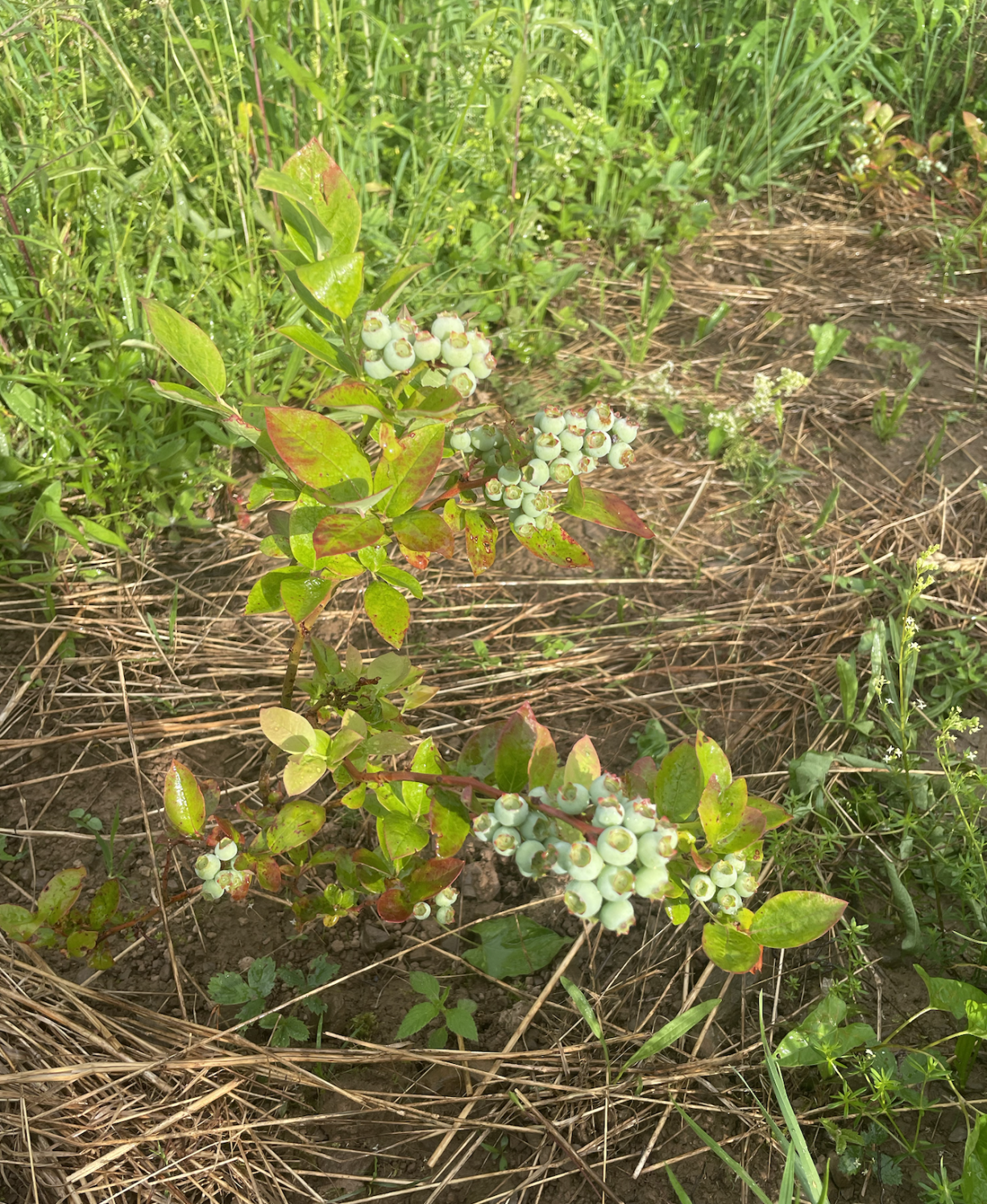
 6
6




 3
3




Invasive plants are Earth's way of insisting we notice her medicines. Stephen Herrod Buhner
Everyone learns what works by learning what doesn't work. Stephen Herrod Buhner
 8
8




 8
8




 2
2




 8
8





 4
4




How Permies works: https://permies.com/wiki/34193/permies-works-links-threads
My projects on Skye: The tree field, Growing and landracing, perennial polycultures, "Don't dream it - be it! "

 9
9




Be joyful, though you have considered all the facts. ~Wendell Berry
 5
5




Nick Kitchener wrote:Provided that there is a health and diverse soil microbiome, the plant will create its own ideal Ph in and around its zoot zone.
Developing a suitable fungal dominated soil structure, and inoculating with a wide spectrum of organisms harvested from healthy soil is a good starting point.

 8
8




Kim Goodwin wrote:A method I've used from Feedipedia is to blend up citrus rinds from after jucing them or eating them, use that "pomace". It works great! And I needed a use for the leftover citrus rinds, as we eat a fair amount of lemons and limes weekly.
Pecan Media: food forestry and forest garden ebooks
Now available: The Native Persimmon (centennial edition)










 6
6




Dan Boone wrote:
OMG, this is why I read Permies. I have bounced repeatedly off the problem of acidifying soil in a sustainable way -- for blueberries and such -- without having to buy industrial/mined inputs from far away, or really, spend money on any products. I am a bit too far north to grow citrus freely outdoors, and we don't buy that much of it, but...
I can and do grow hardy orange trees, poncirus trifoliata, and they thrive here. The culinary uses for those fruit are, well, "marginal" is about the nicest word, although I do hope to make some unique local tonics/bitters when my trees really start fruiting. But if I can use the fruit as an acidifying soil/compost amendment, that alone will be a good reason for all my lovely poncirus trees!

Be joyful, though you have considered all the facts. ~Wendell Berry
 9
9




Douglas Alpenstock wrote:
Nick Kitchener wrote:Provided that there is a health and diverse soil microbiome, the plant will create its own ideal Ph in and around its zoot zone.
Developing a suitable fungal dominated soil structure, and inoculating with a wide spectrum of organisms harvested from healthy soil is a good starting point.
I think there is much truth in that, and it's a goal that lets us thumb our noses at global supply chains. Good.
Still, it's worth considering that the general pH trend in soil is related to the bedrock of a region. For example, the Canadian Shield (granite, naturally acidic) is quite different from the Western Sedimentary Basin (limestone, naturally basic). As a result, techniques for pH adjustment vary.

 6
6




 3
3




 7
7




 1
1




Nick Kitchener wrote:I happen to live on Canadian shield.

 4
4




 7
7




 4
4




 7
7









 2
2




Works at a residential alternative high school in the Himalayas SECMOL.org . "Back home" is Cape Cod, E Coast USA.
 2
2




Bless your Family,
Mike
 2
2




 3
3




Clay, shade, neighbor’s Norway maples.....we’ll work it out.
 4
4




Douglas Alpenstock wrote:It's an intriguing idea. I'm interested in understanding more about how the chemistry and soil science work.
There are perhaps a hundred different forms of iron, and not all are readily available to plants. And how does iron acidify the soil?
I guess I'm looking at a whole lot of moving parts, and wondering if it applies everywhere. Thoughts?
 3
3




-Manda
I am not at all related to Paul Wheaton, the amazingness of this great forum! We just share a great name! Currently here working through life, as a middle age widow, who balances work, school, chlidren while trying to build her empire of a beautiful permaculture friendly homestead in Michigan in my "spare" time.
 4
4




Kindness, Awareness and Compassion Will Evolve the Human Race.
 4
4









Jessica Martin
http://changingseasons.substack.com




 2
2




Blake Cothron wrote:Some people use vinegar or beer to acidify soil gently. Not sure the exact ratios but you might look into it.
 3
3




jonathan kedzierski wrote:I buried some red pine branchy bits in my alkaline soil back about six years ago in one of my first hugel adventures, and forgot all about it. Today I was out mowing grass and spotted some blackberries that decided to make a home their. Don't blackberries like things a little acidic?

|
The only thing that kept the leeches off of me was this tiny ad:
The new kickstarter is now live!
https://www.kickstarter.com/projects/paulwheaton/garden-cards
|




